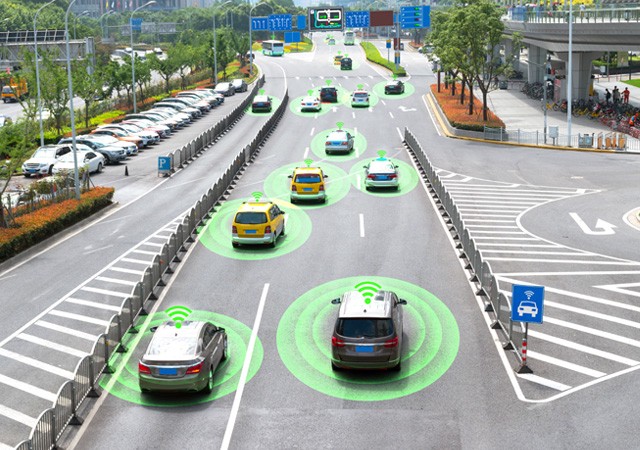The Dynamics Of Traffic Engineering In Urban Infrastructure Planning

As technology continues to advance, the world of traffic is being revolutionized. One exciting new development in this field is Smart Traffic. Smart Traffic is a system that uses technology to optimize traffic flow and improve safety on roads and highways. In this post, we will explore the benefits of Smart Traffic and how it works.
Introduction to Smart Traffic
Smart Traffic is a system that integrates various technologies to create a more efficient and safer traffic system. It uses real-time data to adjust traffic signals and optimize traffic flow. This system can also provide real-time information to drivers, such as traffic conditions, potential hazards, and alternative routes. Smart Traffic can use various technologies, such as sensors, cameras, and artificial intelligence, to collect and analyze data.
The Benefits of Smart Traffic
Smart Traffic provides numerous benefits, including:
- Improved Traffic Flow: Smart Traffic can adjust traffic signals in real-time to optimize traffic flow and reduce delays. This can result in shorter travel times and less congestion on roads and highways.
- Increased Safety: Smart Traffic can also improve safety on roads and highways. It can detect potential hazards, such as accidents and weather conditions, and provide real-time information to drivers. This can help drivers make informed decisions and avoid accidents.
- Reduced Environmental Impact: By reducing congestion and optimizing traffic flow, Smart Traffic can also reduce emissions and have a positive impact on the environment.
How Smart Traffic Works
Smart Traffic works by using real-time data to adjust traffic signals and provide information to drivers. Here is an overview of how Smart Traffic works:
- Data Collection: Smart Traffic collects data from various sources, such as sensors, cameras, and GPS systems. This data includes real-time traffic conditions, weather conditions, and potential hazards.
- Data Analysis: Smart Traffic uses artificial intelligence and other analytical tools to analyze the data collected. This analysis helps to identify patterns and trends in traffic flow and identify potential hazards.
- Traffic Signal Control: Based on the analysis of the data collected, Smart Traffic can adjust traffic signals in real-time to optimize traffic flow. This can include extending green lights, shortening red lights, or changing the timing of traffic signals.
- Driver Information: Smart Traffic can also provide real-time information to drivers, such as traffic conditions, potential hazards, and alternative routes. This information can be provided through digital signs, mobile applications, or in-vehicle systems.
FAQ about Smart Traffic
What types of data are collected by Smart Traffic?
Smart Traffic collects various types of data, including traffic volume, speed, and flow. It can also collect weather and environmental data, such as temperature and air quality. Additionally, Smart Traffic can detect potential hazards, such as accidents and road work.
How does Smart Traffic improve safety on roads and highways?
Smart Traffic can improve safety on roads and highways by providing real-time information to drivers about potential hazards. This information can help drivers make informed decisions and avoid accidents. Smart Traffic can also detect potential hazards, such as accidents and weather conditions, and adjust traffic signals to improve safety.
How does Smart Traffic reduce environmental impact?
By reducing congestion and optimizing traffic flow, Smart Traffic can reduce emissions and have a positive impact on the environment. Additionally, Smart Traffic can promote the use of alternative modes of transportation, such as bicycles and public transportation.
What technologies are used by Smart Traffic?
Smart Traffic can use various technologies, such as sensors, cameras, and artificial intelligence, to collect and analyze data. It can also use digital signs, mobile applications, and in-vehicle systems to provide information to drivers.
Conclusion
Smart Traffic is revolutionizing the world of traffic. By using real-time data and advanced technologies, Smart Traffic can optimize traffic flow, improve safety, and reduce the environmental impact of traffic. As this technology continues to advance, we can expect to see even more benefits in the years to come.
Thank you for reading this article on Smart Traffic. We hope you found it informative and interesting.


Post a Comment for "The Dynamics Of Traffic Engineering In Urban Infrastructure Planning"